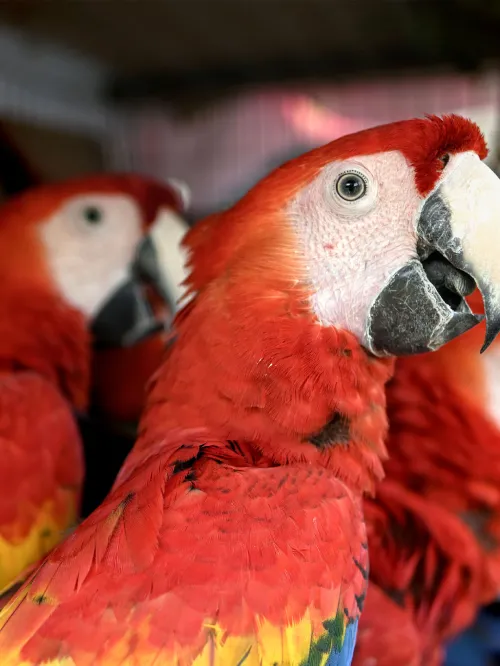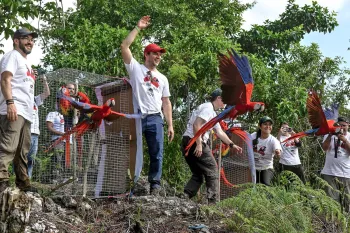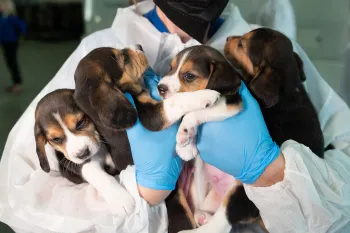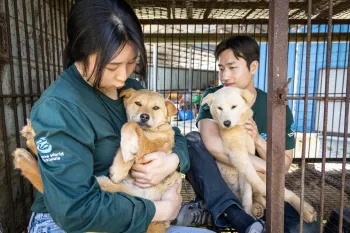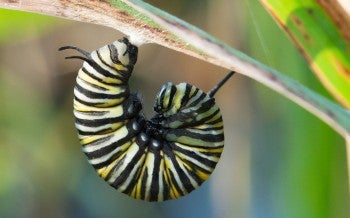Search our stories
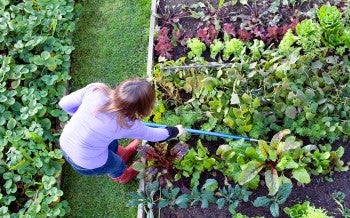
Unfortunately, homeowners’ responses to wild nibblers often involve poisons and traps. But you can have your veggies—and your flowers and trees—and let the wildlife eat some, too, by following these methods.
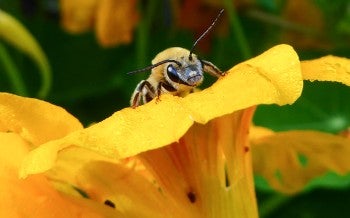
Mason bees, mining bees, bumble bees and others whose services have produced fruits and seeds for millennia are at risk, dependent on ever-shrinking habitat to accommodate lifestyles that barely resemble those of their captive-raised cousins. Here's how you can help.
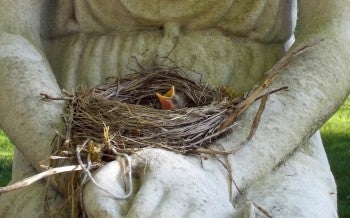
Edited by Harrison and fellow photographer Kim Nagy, Dead in Good Company offers an intimate view of Mount Auburn, weaving tales of lives ended with stories of those just beginning.
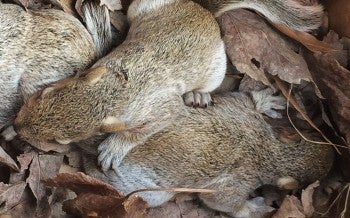
Prune trees carefully to avoid harming wild families. Given the chance, wild parents often carry displaced babies to alternate nests. But countless animals never have that opportunity.
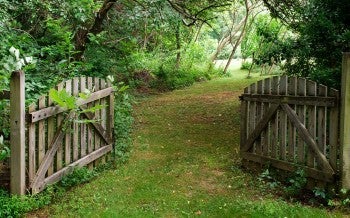
Homeowners usually focus more on readying properties for resale than nurturing a home for other species. Research reveals that even when people want to garden ecologically, the desire to match the Joneses’ sterile turfgrass yard is a more powerful draw. Here's how to garden for wildlife without upsetting your neighbors.
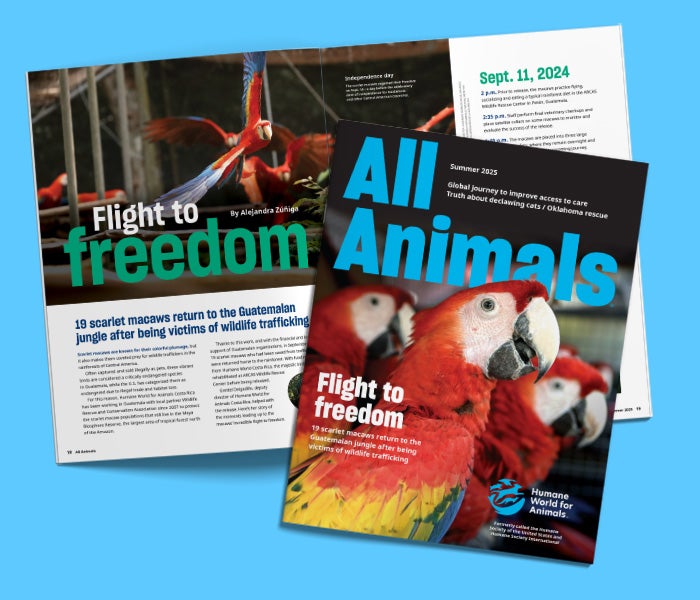
Humane World for Animals
Their voice. Your magazine.
Every animal has a story, one they cannot tell in words—but we can. Sign up today to stay informed and inspired by the latest news in animal welfare around the globe.
